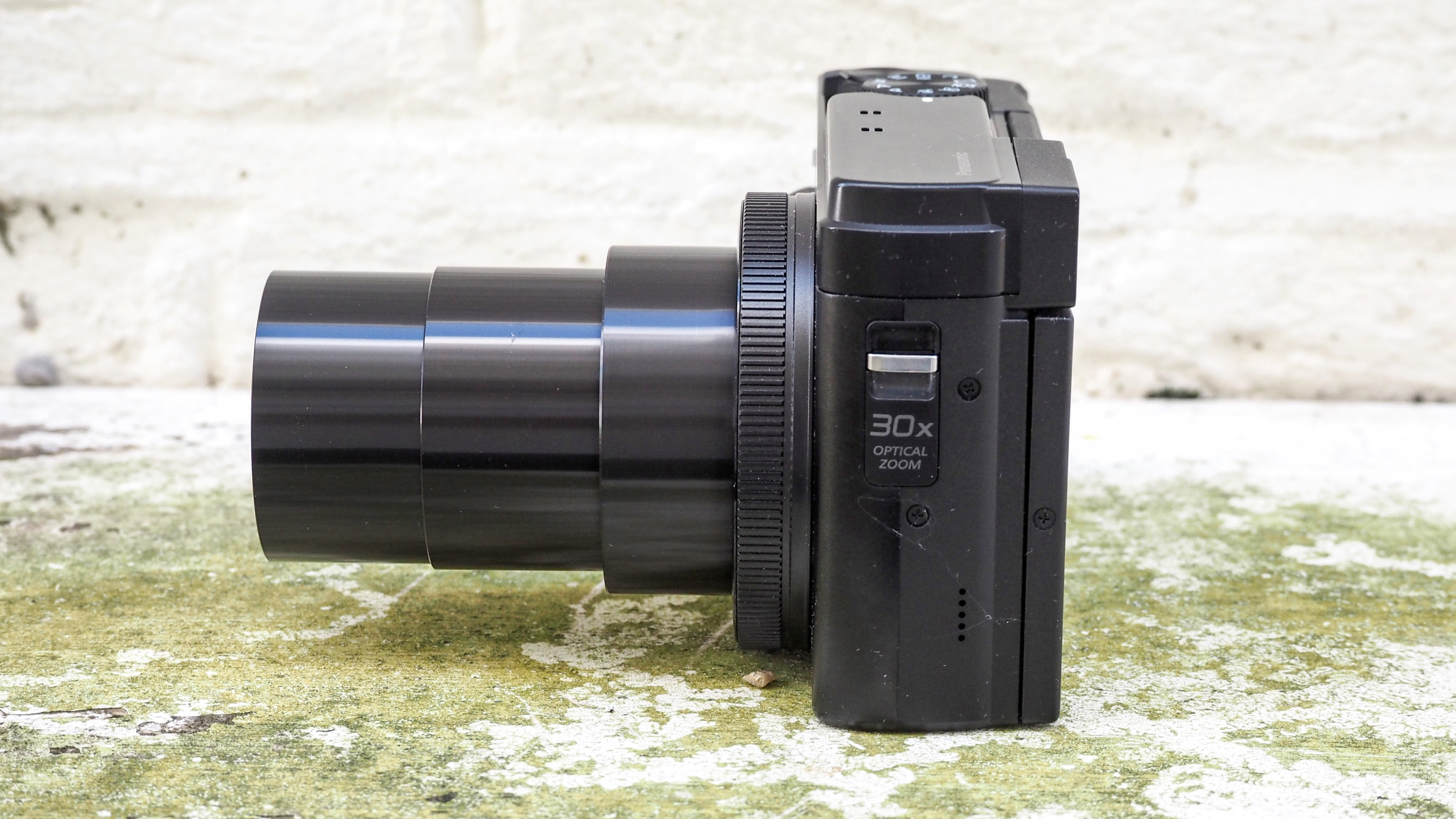
In terms of brand-new releases aimed squarely at photographers, pocket-sized point-and-shoot digital cameras are thin on the ground these days. However, there are a handful of models just a few years old that we still feel are worth seeking out. A case in point is the Panasonic Lumix ZS80 (which is sold as the Lumix TZ95 in Europe and Australasia). This is a ‘travel zoom’ compact released in 2019 as an update to 2017’s Lumix TZ90/ZS70.
Both these well-constructed cameras offer pretty much the same core specifications. At the heart of each is a very useful 30x optical zoom – which provides one good reason to use this option instead of a smartphone – coupled with a small 1/2.3-inch CMOS sensor. This chip is crammed full to burst with 20.3 million effective pixels.
Layout, design and operation of both cameras are also identical. At the back of each is a tilting 3-inch 1040K-dot resolution monitor, while, unusually for a standard issue compact, we also get an eye-level electronic viewfinder. On the TZ95, the camera we have in hand, this feels a bit like lip service, however. Because it’s a teeny 0.21 inches in size, we found we had to squint to use the EVF, even though its resolution is much higher than the larger back screen.
Nonetheless, if you’re in the market for an affordable and portable camera with plenty of zoom power to allow a wide variety of framing options, then could the TZ95 be worthy of further investigation? Read on to find out…
Specifications
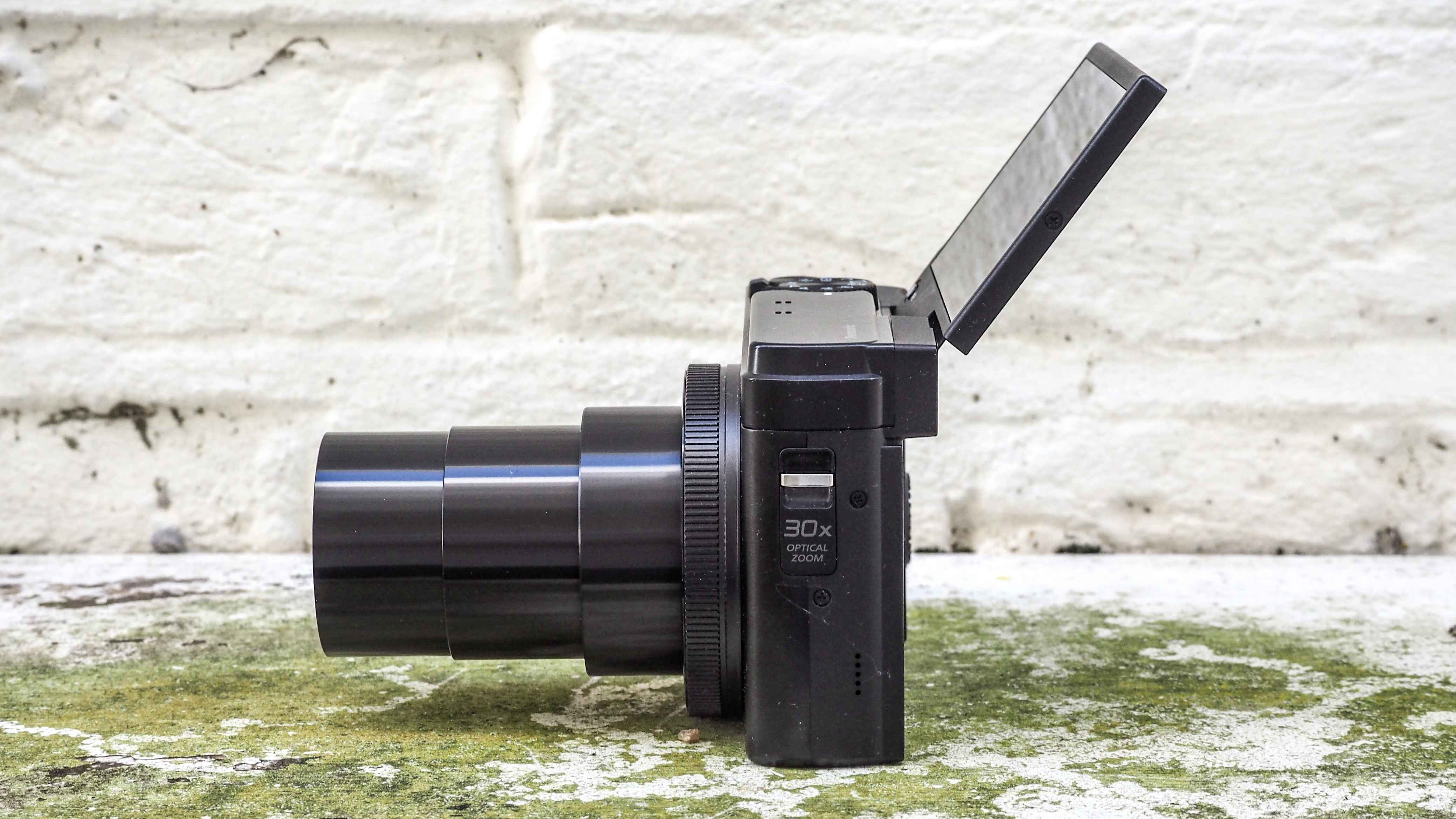
Sensor: 20.3 effective megapixels 1/2.3-inch CMOS
Sensitivity range: ISO80 to ISO6400
Video: 4K maximum resolution
Lens: 30x optical, 24-720mm equivalent, f/3.3-6.4
Monitor: 3-inch, tilting 1040K-dot resolution LCD
Viewfinder: EVF
Battery life: Maximum 380 shots if using LCD, or around 250 images if using the EVF
Dimensions: 112x68.8x41.6mm
Weight: Approx. 328g (11.5oz) including battery and SD card
Key features
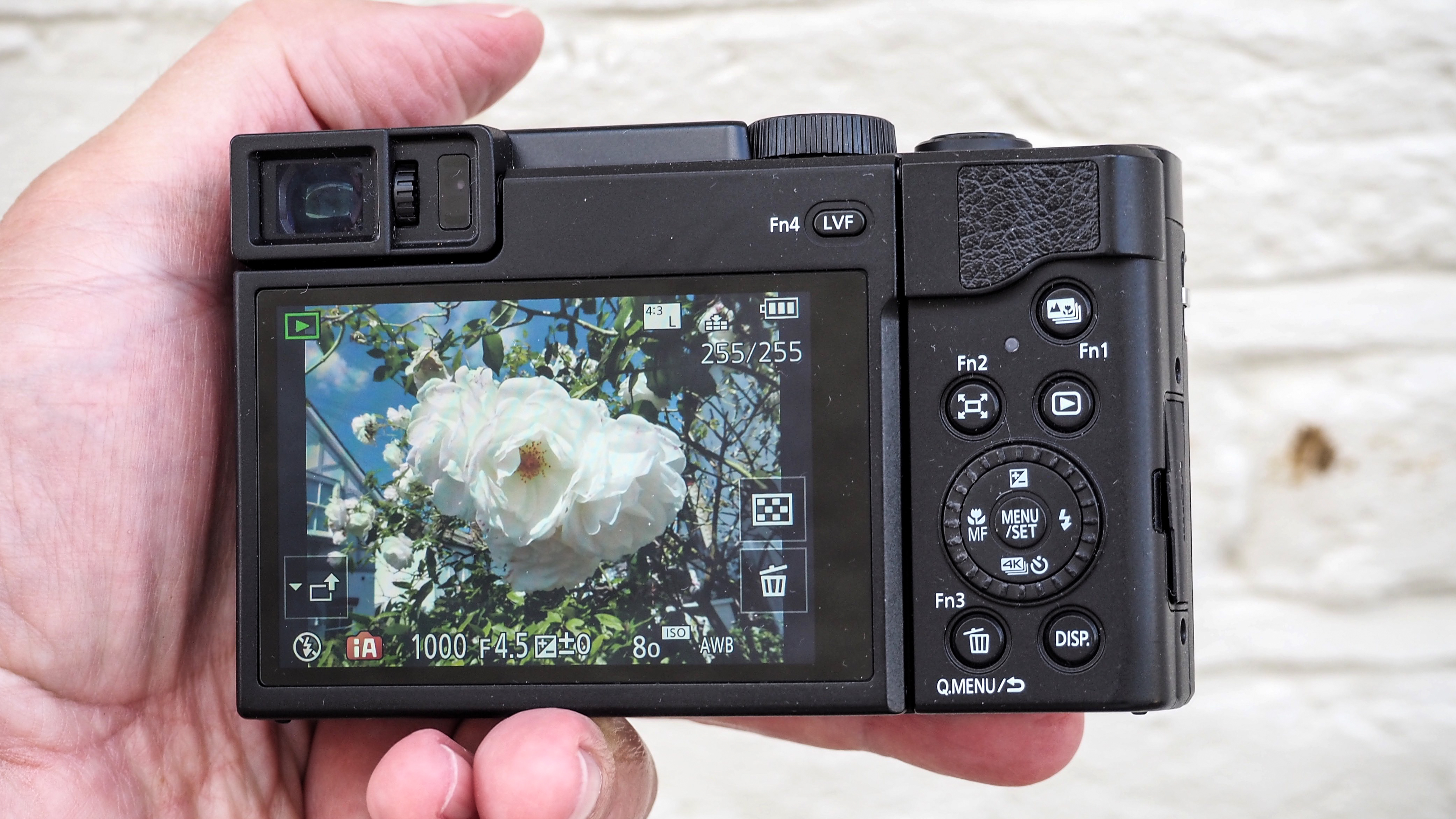
In terms of key operational features, if you do end up using the Panasonic Lumix TZ95’s EVF, you’ll find that it features an impressive 2.3 million dots of resolution, this improved spec being one of the very few differences indeed between this model and the earlier TZ90. The view via the display itself is best described as life-like on the TZ95.
The alternative of using the back screen quickly became our preferred method of shot composition and review, however, simply by virtue of the fact that the screen is larger at 3-inches, even if the resolution is a lesser 1040K dots. Selfie fans will be delighted to learn that via its tilting mechanism, it can be flipped up through 180° to face whatever is in front of the camera, in an earlier example of the mechanism that every current ‘vlogging’ camera is now peddling.
Factor in that the Panasonic Lumix TZ95 boasts 4K video resolution clips with stereo sound via built-in microphone, and in the present day this 2019 camera can very much be viewed as a precursor of the current crop of video-first content creator cameras. As we might expect from Panasonic, its LCD is also a touchscreen, even if the operational icons displayed are fairly small.

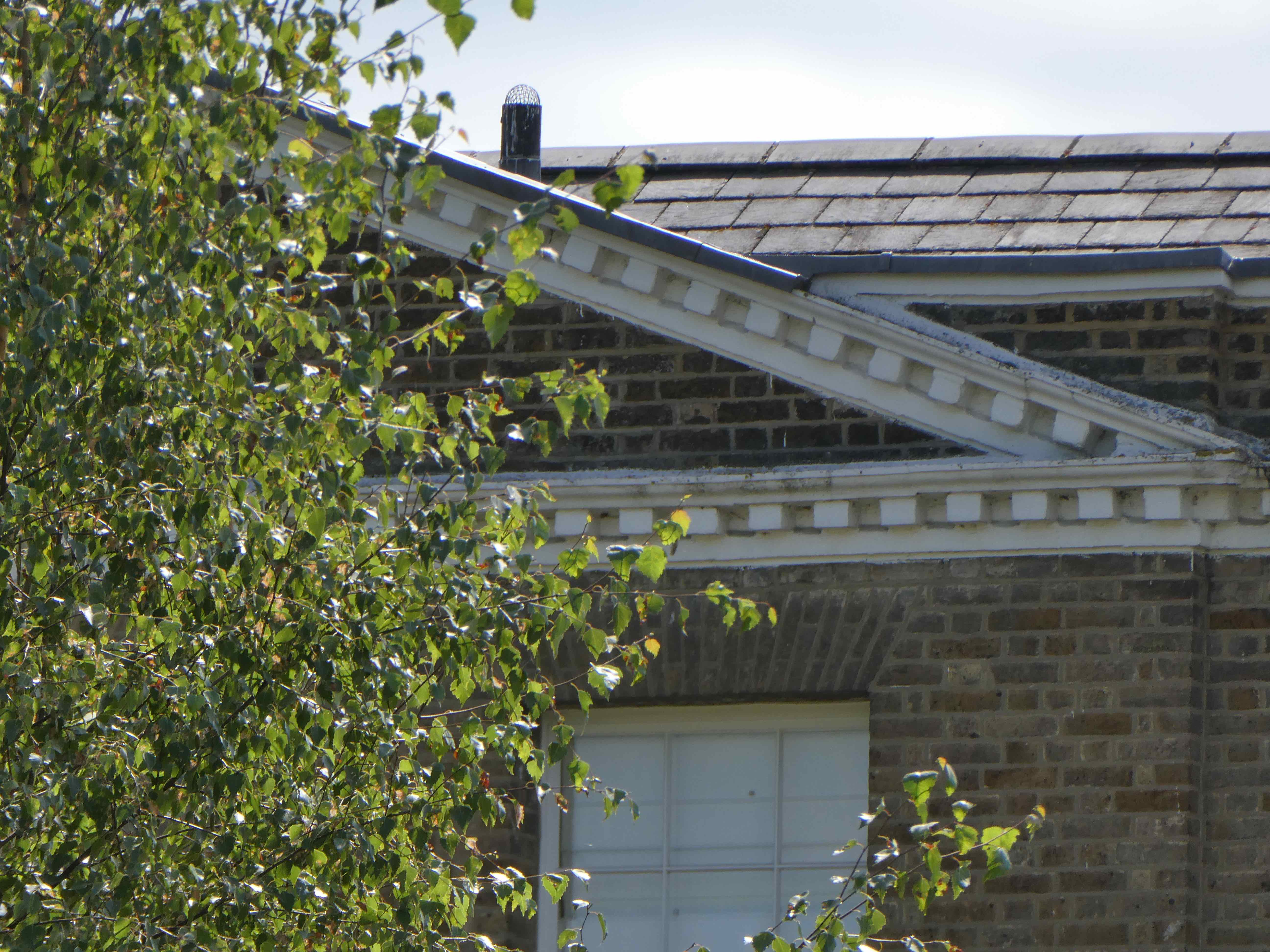
While 20.3 megapixels from a 1/2.3-inch sensor – the exact same specification as the earlier TZ90 – is arguably at the very top of what such a physically small chip can cope with, we feel the chief selling point here is undoubtedly that 30x retractable optical zoom. This retracts within a camera body the width of a paperback novel when inactive, and boasts a useful focal range the equivalent of a generous 24mm to 720mm in 35mm film terms. While such a maximum wide-angle setting is perfect for landscapes and cityscapes when on our travels, in truth this is a jack-of-all-trades device that is a decent all-in-one pocket option overall. And it’s not just about how far the lens can reach. In macro mode, we can get as close as 3cm from a subject, for example, instead of the minimum 50cm focus offered otherwise.
Although the Panasonic Lumix TZ95’s battery is removable if necessary, no standalone mains charger is provided out of the box. Happily, however, we do get a USB cable to slot into the TZ95’s side port, plus a mains plug that enables the lithium-ion battery to be charged in situ. A light indicating charging status is provided on the unit’s backplate. Though battery performance has changed not one jot from its predecessor, the official quote of up to 380 shots per charge is fair for this class of camera.
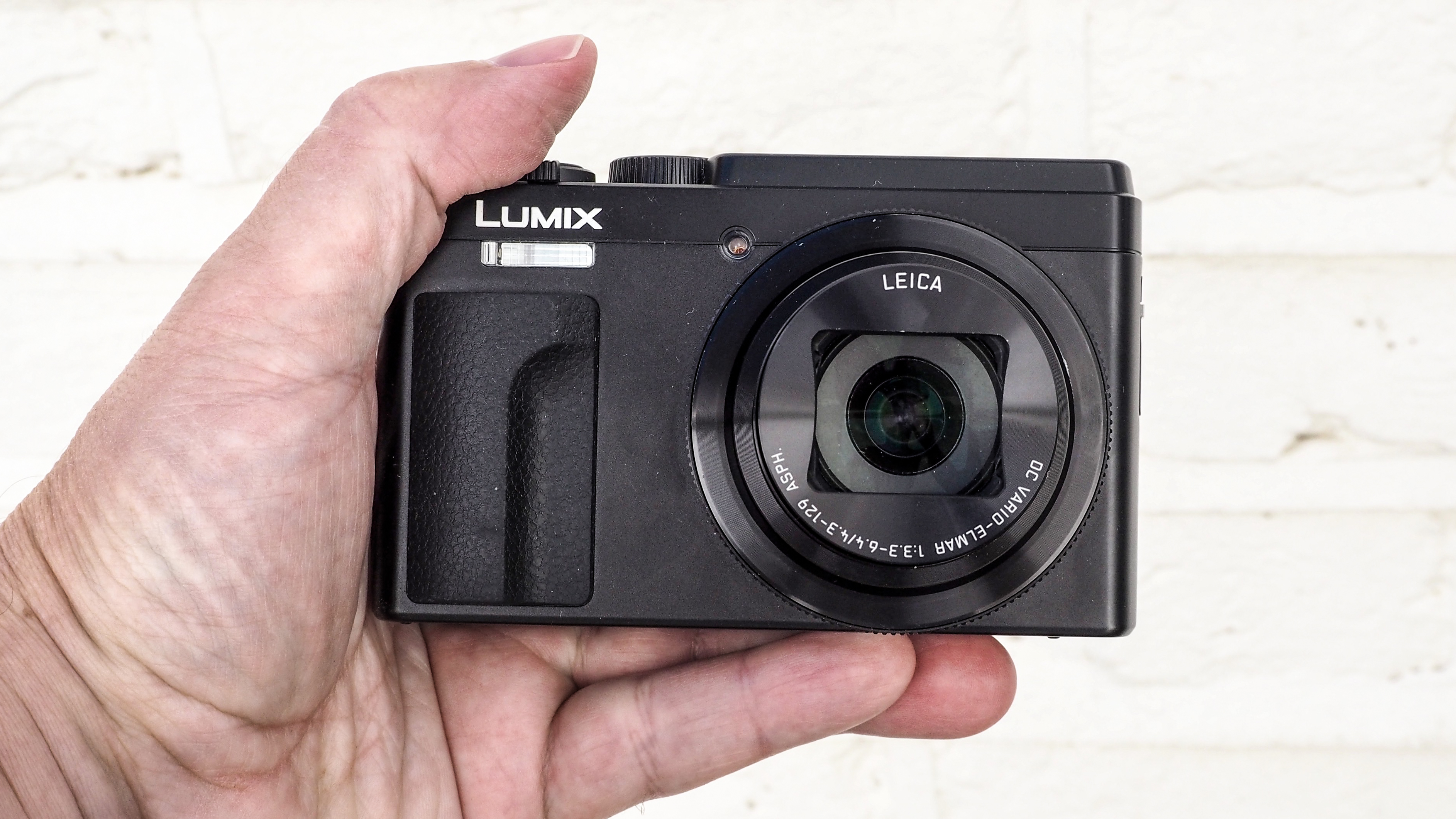
As we might expect on a contemporary image capture device, connectivity is via wireless and wired combined, with Wi-Fi and Bluetooth offered alongside being able to physically connect a USB or HDMI lead.
While its size may suggest a simple snapshot camera, the TZ95 offers photo enthusiasts unadulterated Raw files as well as JPEG capture, plus the ability to shoot up to 4K-resolution video. Aiding ease of use, a familiar red record button on the top plate allows video recording to immediately commerce, whichever alternative mode has been selected on its top plate shooting mode dial. More easily overlooked is a lens control ring. This encircles the retracting zoom lens at the front, with said ring again enabling access to certain pre-assigned settings on the fly. Alternatively, when in ‘iA’ (intelligent Auto) setting, the same lens ring provides an alternative means of zoom adjustment, other than nudging the lever encircling the camera’s shutter release button.
While the built-in flash here is welcome for when we absolutely must have extra illumination, unfortunately it’s been placed in a position at the top of the handgrip which means a stray finger will partially obscure it when it fires. On a more positive note, for sports or action photography fans wanting to make use of that zoom, the TZ95 is capable of a 10fps capture rate in AF-S mode or 5fps in AF-C mode.
Versus
Up until recently, standalone compact cameras like the TZ95 have been increasingly thin on the ground. But now some manufacturers have decided that cameras with built-in lenses could be somewhat re-purposed as tools for the new wave of content creators – see alternatives including the Sony ZV-1, ZV-1 II, and ZV-1F - and Canon’s quirky PowerShot V10 –
As well as the new vlogger tools, older models to compare and contrast with the TZ95 include the Canon PowerShot SX740 HS. This boasts a similar form factor yet has a broader focal range courtesy of a whopping 40x optical zoom. Just like the Panasonic it offers a 20.3 megapixel 1/2.3-inch sensor, and under ideal daylight conditions provides color-rich, punchy images requiring little if any image adjustment afterward.
Another vintage alternative is the Canon PowerShot SX430 IS, which ups the ante via its integral 45x optical zoom lens while boasting straightforward point-and-shoot operation, which it has in common with the TZ95.
Handling
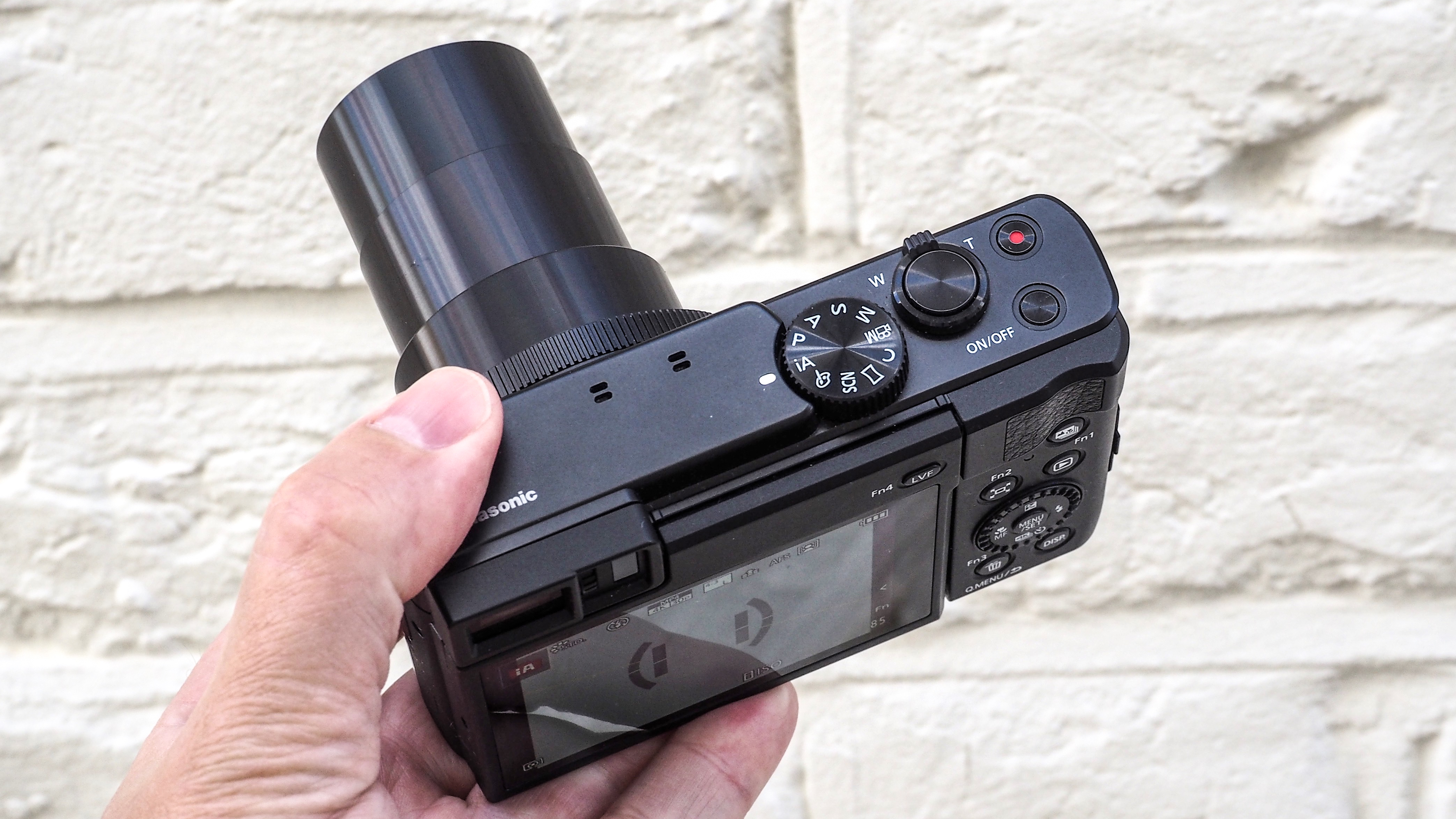
Despite being a, by present standards, fairly unassuming snapshot camera, the metal construction TZ95 still feels well built and has a reassuringly solid heft when held in the palm in 2023. The design is boxy and chunky, and in that respect has something in common with Sony’s more recent line-up of ZV series vlogging compacts. While it’s hardly as slender as the smartphone in our pocket, the weight at least means this Panasonic is easier to hold steady. But yes, we could have done with a slightly more rounded and substantial handgrip as an addition to Panasonic’s on-board 5-axis image stabilization, in order to further combat the unwelcome prospect of blurred imagery resulting from hand wobble/camera shake.
While most of the backplate and a couple of the top plate buttons are so small as to necessitate precise fingernail operation, the option to supplement these with the ability to tap settings on-screen certainly helps – and we’ve always admired this physical + virtual best-of-both-worlds approach to controls from Panasonic.
While single-handed shooting is possible with the TZ95 – and indeed necessary if using its flip-up screen for selfies – gripping the camera with both hands feels more practical and aids accuracy, particularly with respect to keeping our horizons straight. Inevitably, should we want to get creative there are various smartphone filter-like options to dive into for altering the mood of our shots or increasing color saturation in-camera. Or we can just leave the TZ95 set to intelligent auto mode and achieve pleasing results via pointing and shooting the majority of the time.
Performance
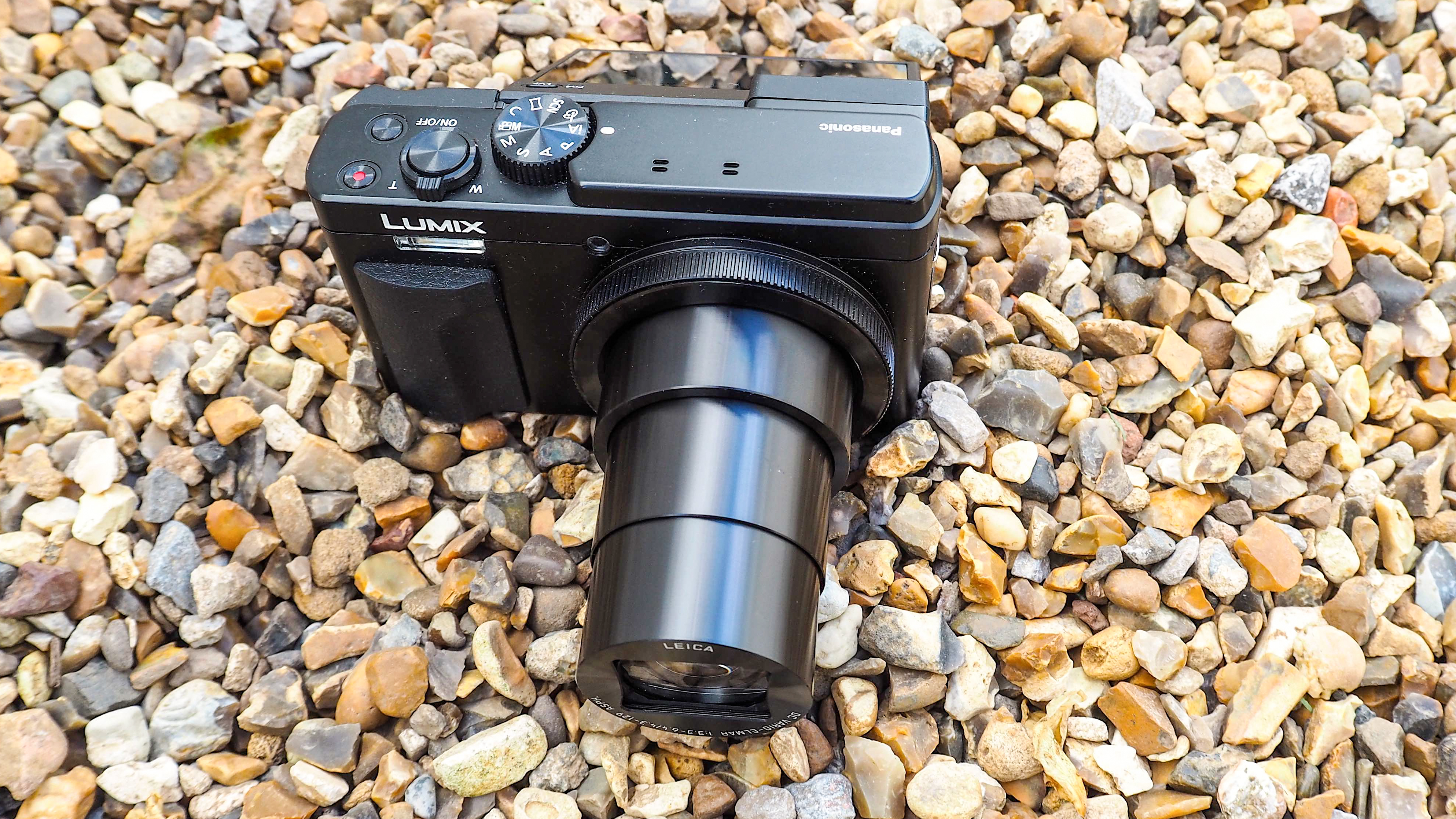
As with its TZ90 predecessor, with the TZ95 its manufacturer again puts the camera’s autofocus response time down as a swift 0.1 seconds. In practice, that means if we can visualize a potential image before squeezing its shutter release button then the TZ95 is liable to be able to capture it. The zoom lens is similarly swift to respond, traveling the extent of its focal range from maximum wide angle to extreme telephoto setting in 3-4 seconds. The lens’ gliding operation is accompanied by a commendably low mechanical buzz.
We found the Panasonic Lumix TZ95’s 49-area autofocus along with subject tracking and eye detection to be impressive in a variety of shooting scenarios, with its metering system able to cope with variable lighting conditions and a broad smattering of subjects. As we mentioned in our introduction, a top 20MP resolution is probably as high as we’d want to risk from a bog standard 1/2.3-inch sensor size. But in available light pictures largely shine and are better than we remember such pocket-sized digital compacts delivering. We hadn’t forgotten that Panasonic’s colors appear warm and well-saturated when there’s plenty of light around, however, and that’s largely the case here.
To nitpick, this isn’t really a camera to use for low light shoots, especially handheld, where instances of camera shake reveal themselves. Its core light sensitivity range that tops out at ISO3200 is expandable to ISO6400 equivalent, though above ISO1600 images are noticeably softer. Twenty megapixels is a lot to cram on a sensor of this size, but if shooting in sunshine in the main, results as we’ve noted are generally better than expected.
Sample images



Verdict
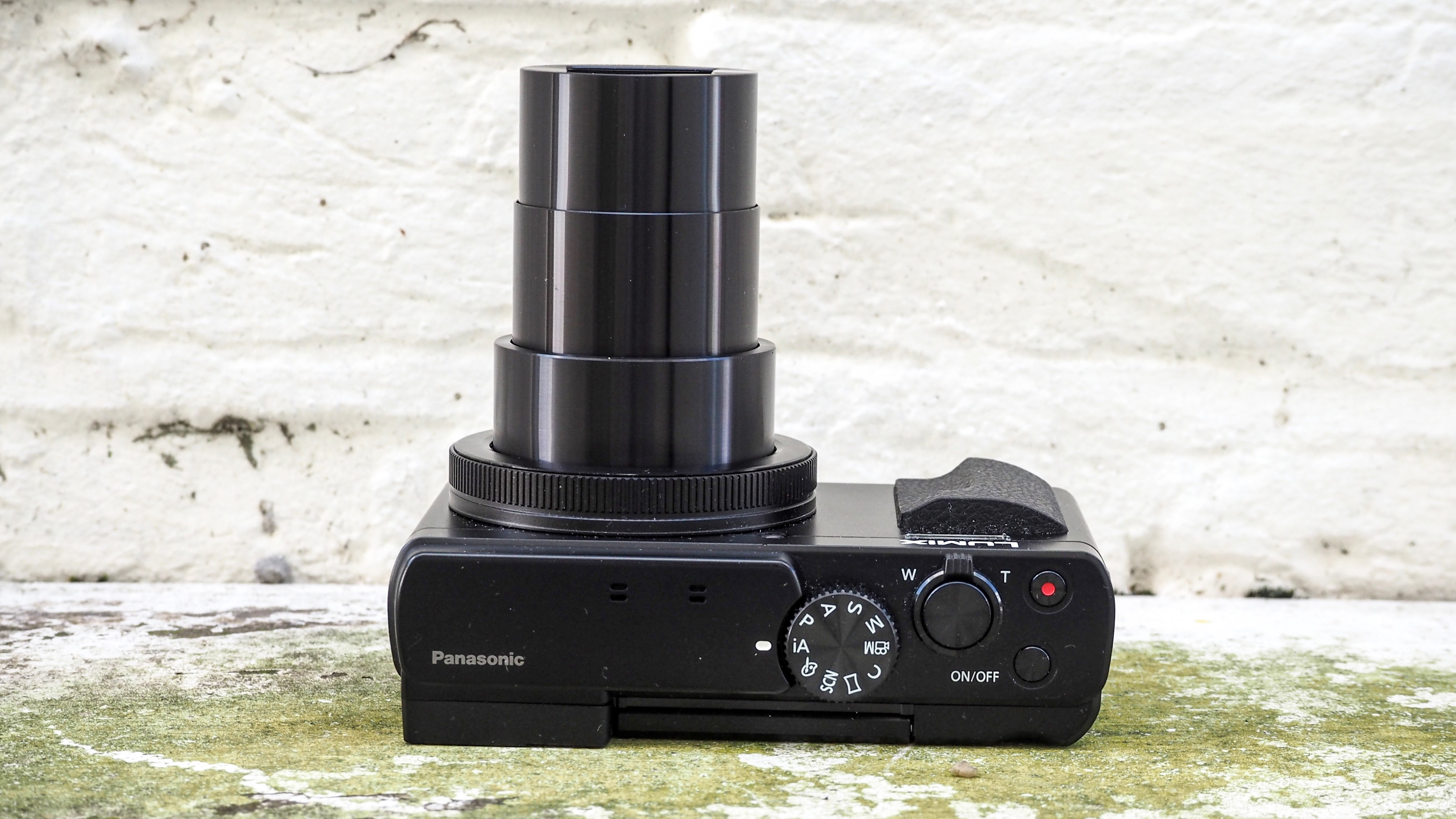
While results aren’t as impressive as those from a digital SLR or mirrorless camera in terms of pin-sharp detail, for those wanting holiday snapshots with plenty of color and visual punch, the Panasonic Lumix TZ95 more than suffices. We loved the versatility provided by its generous 30x optical zoom, the fact it can capture both Raw and JPEG images as well as up to 4K resolution video, plus the tilting rear panel LCD. OK, so all these features were also present on the earlier TZ90 and not everything is perfect, including the too-small electronic viewfinder and fairly ineffectual grip. But these are design sacrifices made in order to keep the camera lightweight and pocket sized. If we can live with this, then the TZ95 from 2019 shapes up as a capable all-in-one snapper. Still.
Also check out our guides to the best point-and-shoot cameras, the best zoom cameras, and the best bridge cameras







